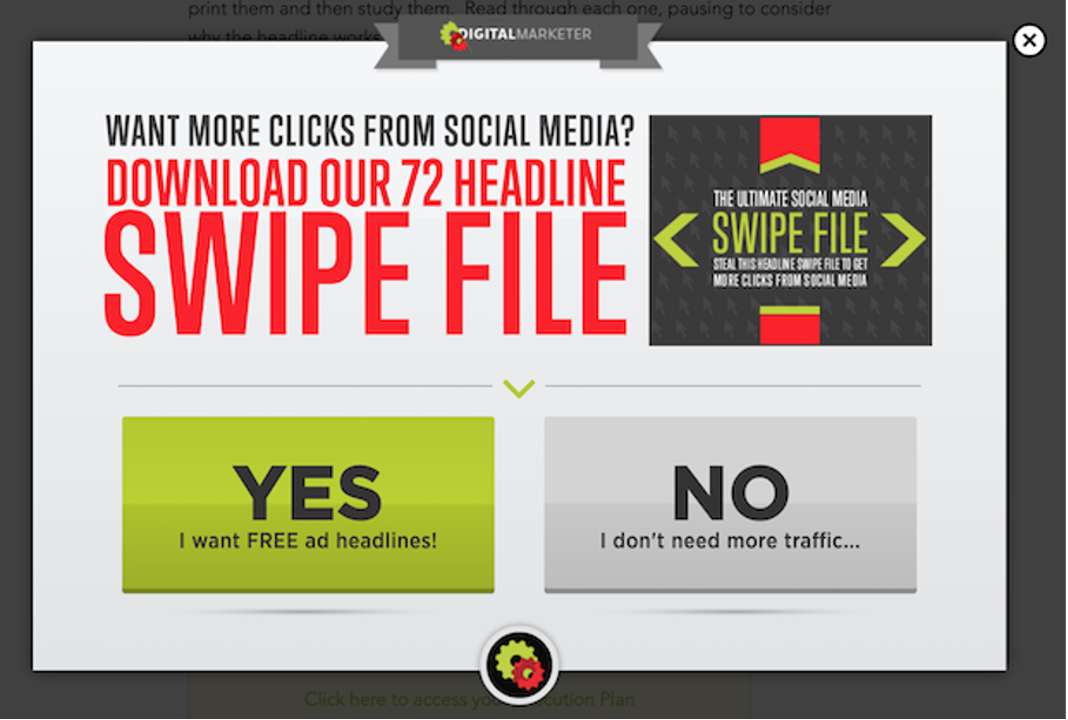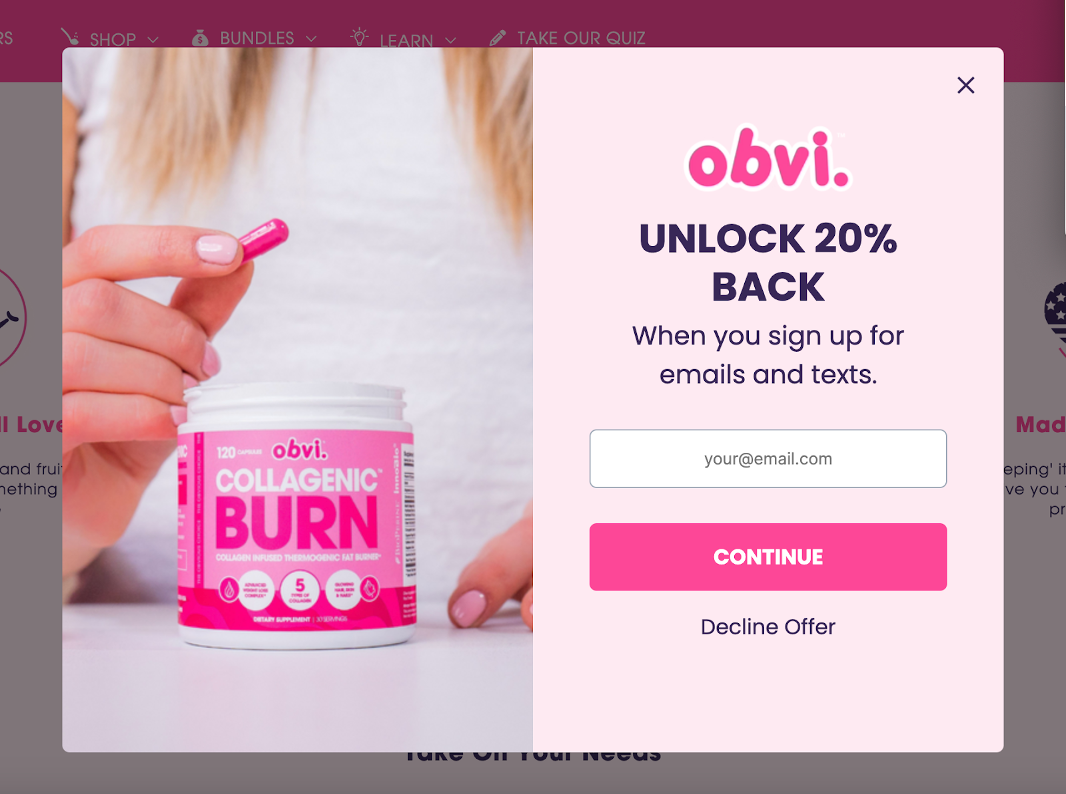Imagine having a steady stream of potential customers lining up to buy your products or services. Sounds like a dream, right?
Well, with effective lead marketing, this dream can become a reality. By understanding the lead marketing definition, and the different types of leads, and by implementing powerful lead generation strategies, you can attract, nurture, and convert prospects into loyal customers.
Ready to transform your business by generating leads? Let’s dive in!
Lead marketing definition
Lead marketing, also known as lead generation marketing, is the process of drawing in potential customers through various channels so you can work on transforming them into paying clients.
The objective of lead marketing is to generate interest and convert visitors into customers using a well-planned lead-generation strategy.
There are many benefits of lead generation, including:
- more visibility and awareness,
- a boost in conversions,
- more cost-effective marketing, and
- an increase in sales and revenue.
Marketing and sales teams categorize leads by type so they can concentrate their efforts on the most promising prospects.
Types of leads
To successfully generate and nurture leads, it’s essential to understand that not all leads are equal. Depending on their position in the sales funnel and their level of interest in your products or services, leads can be categorized into different types.
1. Marketing-qualified lead
A marketing-qualified lead (MQL) is a potential customer who has been brought in by the marketing team and has demonstrated interest and engagement through the company’s marketing efforts (e.g. they clicked on an ad, downloaded content, or signed up for a newsletter), making them more likely to become new customers.
By supplying marketing-qualified leads to the sales team, you can help minimize the amount of time and resources expended on leads that are unlikely to convert, thus improving the efficiency of the sales process.
Marketing teams can also create campaigns and content that are tailored to the interests of these marketing-qualified leads, as well as personalized outreach efforts, such as email marketing campaigns or direct mail campaigns, to further engage with them.
2. Sales-qualified lead
A sales-qualified lead (SQL) is a prospect that the sales team has identified as having the potential to become a customer, based on certain qualifying criteria.
These individuals have expressed interest in your company’s products or services, they’ve compared other available options, and they’re prepared to make a purchase.
To motivate SQLs to complete a purchase, you can use strategies such as offering limited-time offers, providing tailored product recommendations, offering free shipping, and providing a complimentary gift with each purchase.
By implementing these strategies, your sales department can efficiently guide sales-qualified leads through the sales process and close deals more effectively.
3. Information-qualified lead
While marketing-qualified leads and sales-qualified leads are the most commonly known lead types, there are other types of leads as well, such as information-qualified leads.
These individuals are in the initial stages of their buyer’s journey and may need additional nurturing before they’re ready for the sales process.
Strategies to progress information-qualified leads (IQLs) through the sales funnel include providing informative material and exclusive content. By offering valuable resources and nurturing their interest, you increase the likelihood of converting an information-qualified lead into a sales-qualified lead and ultimately, into a paying customer.
How to generate leads effectively?
Now that we understand the different types of leads, let’s explore some of the most effective lead generation marketing strategies. These techniques can help you attract, engage, and convert potential customers into loyal clients.
1. Create lead magnets
Lead magnets are valuable resources or offers designed to attract potential customers, who can gain access to the resource by providing their contact information.
By offering something of value, you entice prospects to share their personal information, which can then be used to nurture them through the sales funnel and ultimately convert them.
Some examples of effective lead magnets include:
- Ebooks
- Whitepapers
- Webinars
- Free trials
- PowerPoint templates
The key is to ensure that the resource or offer aligns with the interests and needs of your target audience, providing them with valuable information that addresses their challenges and positions your company as a solution provider.
Here’s a lead magnet example from DigitalMarketer that provides a list of 72 headlines for social media posts:

And here’s an ecommerce example from Obvi where a 20% discount is used as the lead magnet:

2. Use popups & subscription forms
Popups and subscription forms are a highly effective way of capturing leads when used in conjunction with a lead magnet.
These forms can be strategically positioned on your website or blog to attract the attention of your visitors and entice them to subscribe or sign up for your offerings.
To make your popups and subscription forms more effective, ensure that the design is visually appealing and the copy is clear, concise, and enticing. Additionally, consider using targeting and personalization techniques to display the most relevant offers to your website visitors, boosting the likelihood of capturing quality leads.
Here are some popup templates that you can use to gather high-quality leads for your company:
3. Run ads
Running targeted ads on search engines and social media platforms can help attract potential leads who are actively searching for solutions to their problems.
By displaying your ads to users who are most likely to be interested in your products or services, you increase the chances of generating quality leads and converting them into customers.
To maximize the effectiveness of your ad campaigns, ensure that your ads are well designed, engaging, and include a strong call-to-action. Furthermore, monitor the performance of your ads and adjust your targeting, messaging, and budget as needed to optimize their impact and maximize your return on investment.
4. Create quality, SEO-optimized content
Creating high quality SEO-optimized content can help attract organic traffic and generate leads by providing valuable information that addresses the needs and interests of your target audience.
By adhering to search engine optimization techniques, such as incorporating high intent keywords, optimizing metadata, and building high-quality links, you can increase the visibility of your content in search engine results..
Some examples of quality content that can generate leads include blog posts, articles, videos, and infographics. By producing content that is both engaging and informative, you can establish trust with your audience, position your company as an industry leader, and encourage potential customers to take the next step in the buyer’s journey.
5. Use social media marketing
Social media marketing can be a very effective channel for generating leads.
By building a strong presence on platforms such as Facebook, Twitter, LinkedIn, and Instagram, you can connect with your target audience, foster brand awareness, and drive traffic to your website.
Additionally, incorporating automated messaging tools such as Linked Helper can streamline communication, enhance engagement, and optimize your social media strategy for even greater efficiency.
To get the most out of your social media marketing efforts, ensure that you’re consistently sharing relevant and engaging content, participating in conversations, and responding to customer feedback. Additionally, consider using paid advertising options on social media platforms to expand your reach further and attract more leads.
How to measure lead generation success
To ensure that your lead generation efforts are yielding the desired results, it’s crucial to measure their success by tracking key performance metrics, such as conversion rates, lead quality, and return on investment.
By monitoring these metrics, you can identify successful strategies and improve less effective efforts, optimizing your lead generation process.
Analyzing these metrics can help you understand which of your lead generation tactics are driving the most leads, which types of leads are converting at the highest rates, and how much it costs to acquire a new lead.
Armed with this information, you can make data-driven decisions to refine your lead generation strategies and maximize your return on investment.
FAQ
What is an example of leads in marketing?
Marketing leads are people who show interest in your product or service through activities such as signing up for a trial or software demo, filling out online forms, and signing up for a newsletter.
Wrapping up
Effective lead marketing is a critical step in the process of attracting, nurturing, and converting visitors into loyal customers.
By understanding the lead marketing definition, the different types of leads, and the most effective lead generation strategies, you can grow your business and achieve lasting success. Now is the perfect time to put these strategies into action and watch your sales soar!









